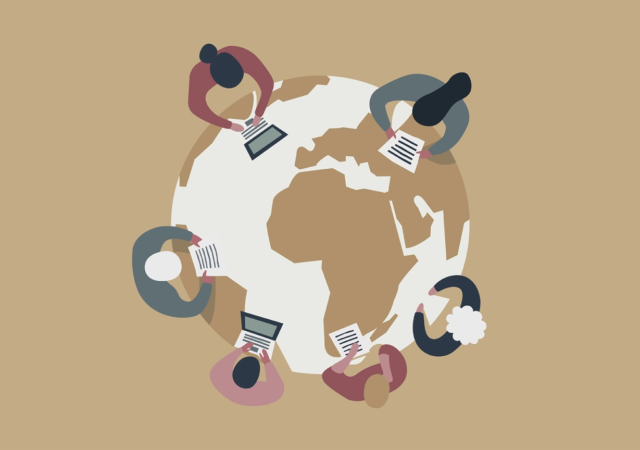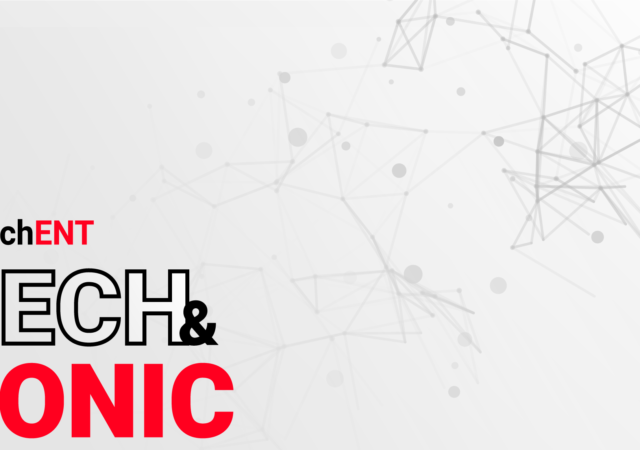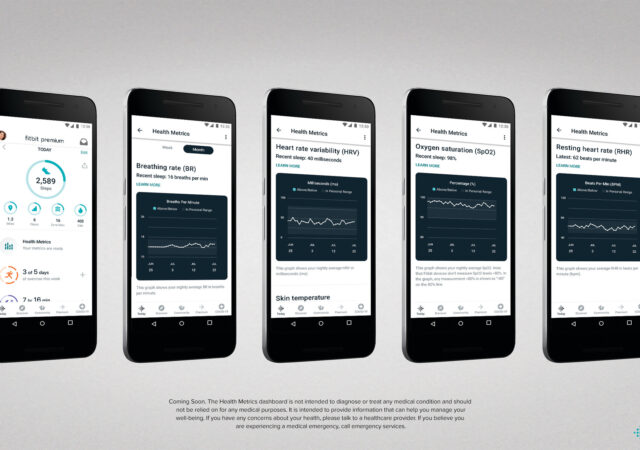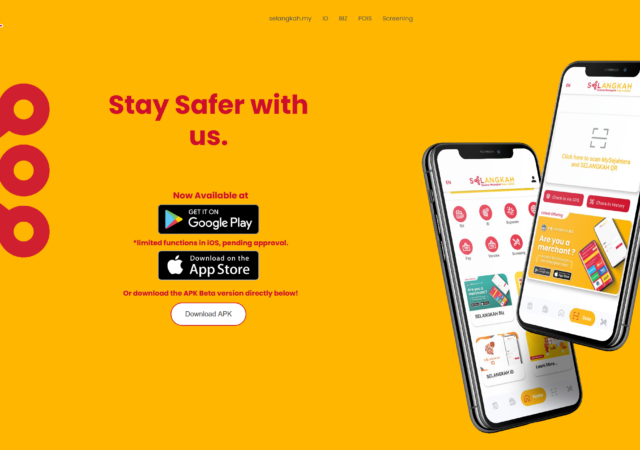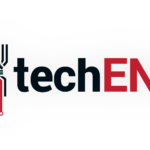WHO has announced that the COVID-19 global state of emergency has ended, Meta follows suit with a change of their misinformation policy.
Samsung and Lenovo Not Attending MWC 2021 in-Person.
Samsung and Lenovo joins the likes of Google, Sony, Nokia, Ericson, and Oracle in backing out of physical presence in MWC 2021
Tech & Tonic Podcast – A Peek Into Our Pandemic Driven Lives
In this episode of the Tech & Tonic Podcast, our editors, Darwin and Jeevan get a little personal as they speak on their current realities with working from home thanks to the COVID-19 pandemic. In the past weeks, Malaysia has…
Fitbit Unlocks Health Metrics to More Users
Fitbit is bringing a limited version of their Health Metrics dashboard to more users free. The feature was initially made available for Versa 3 and Sense users with the purchase of the new smartwatch last year. Now, it’s being offered…
Selangor’s SELangkah App Prepares for Life after COVID-19
Selangor’s contact tracing application, SELangkah, gets some major updates which look beyong the current COVID-19 pandemic.
The Future of Health Lies in Technology But We’re Not Ready According to the Philips Future Health Index
As technology becomes more ubiquitous, the medical industry is looking to improve and adopt new approaches. Philips’ Future Health Index shows the perceptions of younger doctors towards this.
MIT Researchers Develop AI Model that Accurately Identifies Asymptomatic COVID-19 Carriers
Researchers at MIT develop an AI model that is capable of detecting differences in the coughs of healthy individuals and asymptomatic carriers of COVID-19.
Coursera Empowering Online Learning With New Campus Offerings
Coursera brings online learning offerings to more learning institutions with unique offerings that empower online learning.
CFO, CIO Collaboration Is Crucial For COVID-19 Era – And Beyond
With digitization being driven to new heights with the current pandemic, it has become even more crucial for C-level executives to be more collaborative especially when ti comes to the CFO and CIO.



